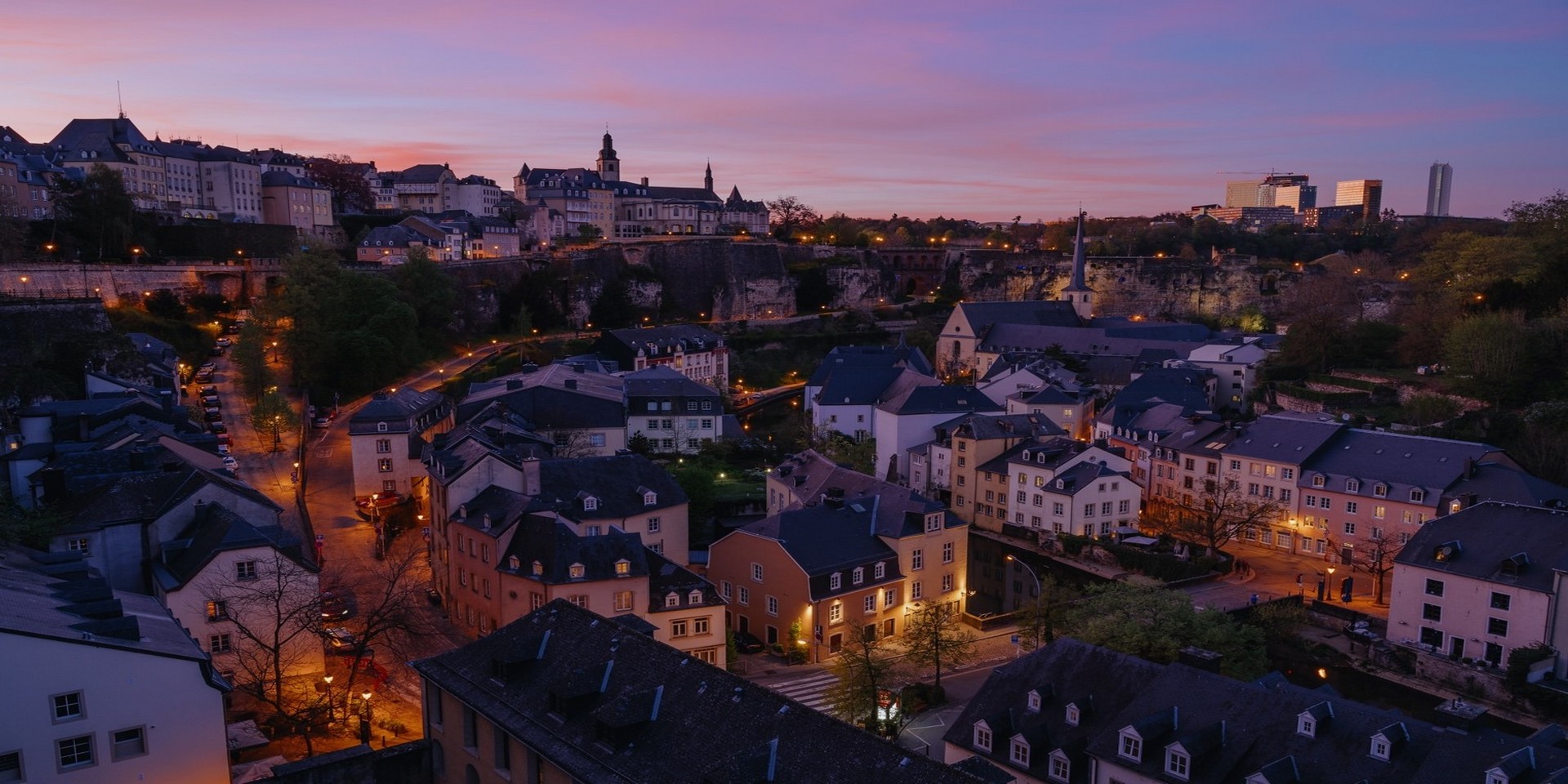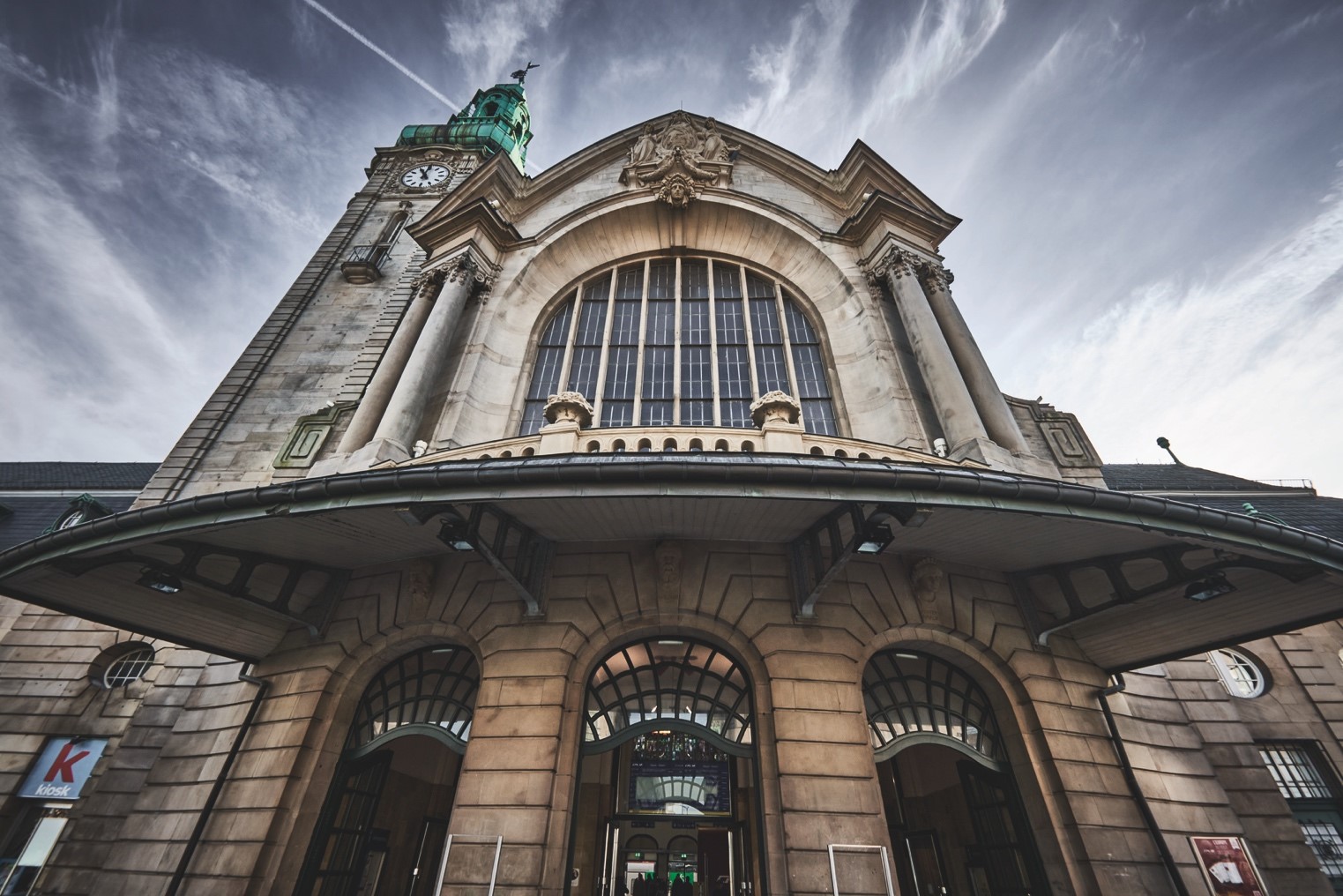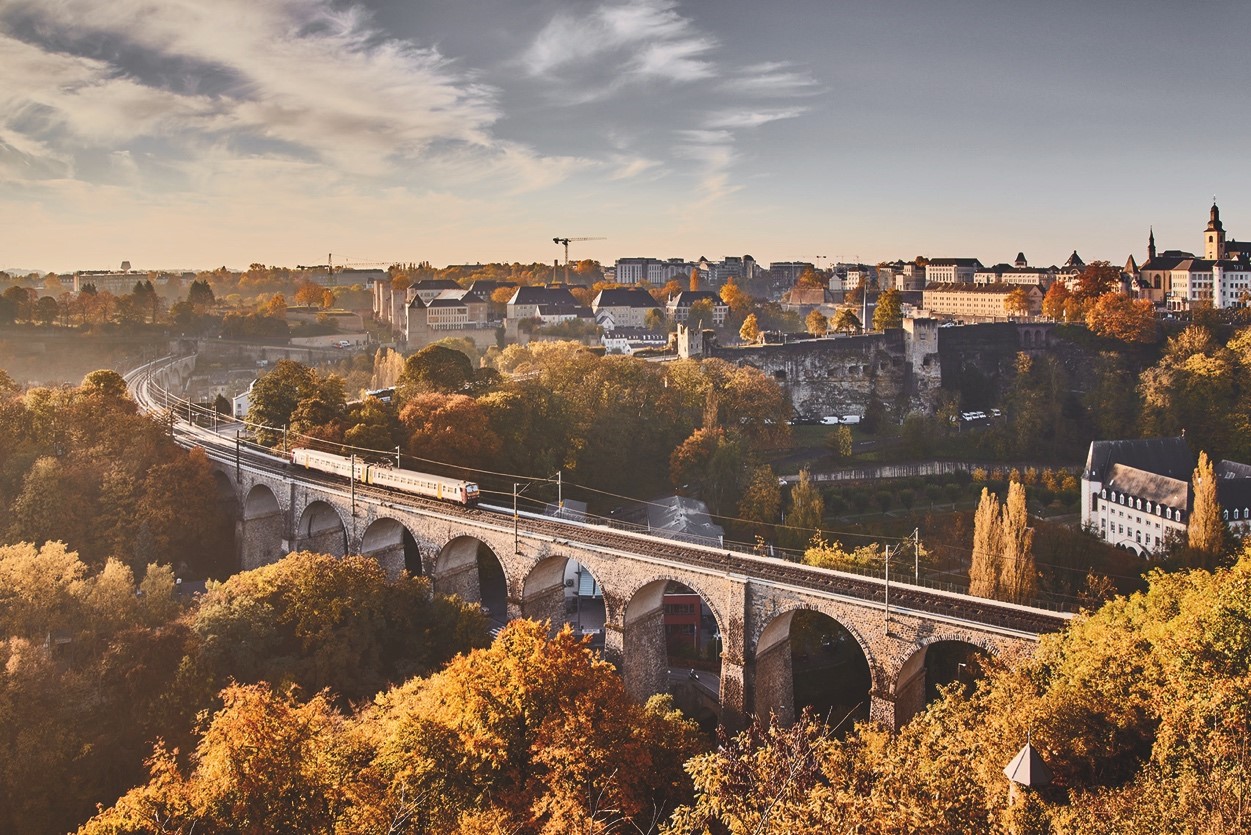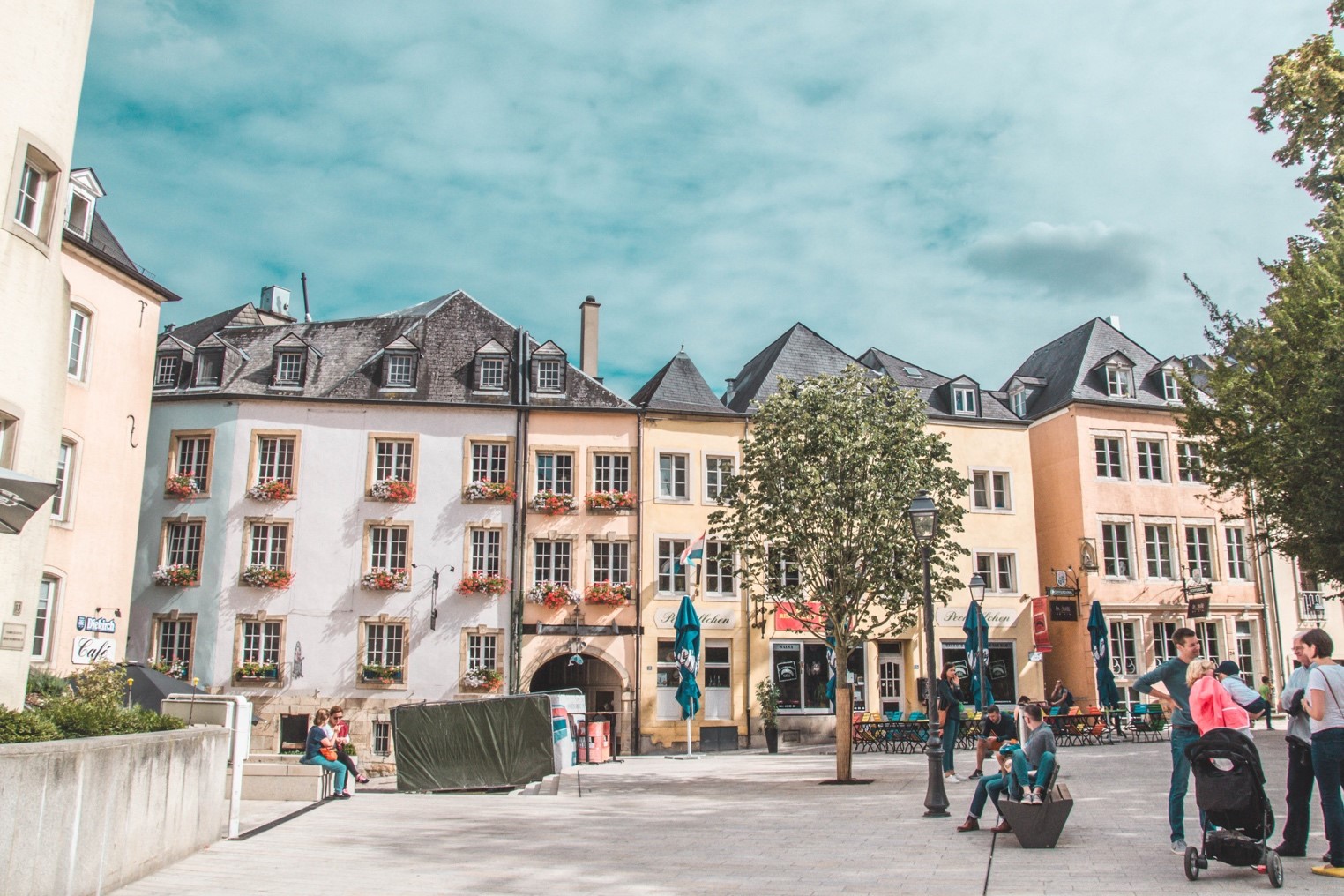LIVE IN LUXEMBOURG CITY
The Central is located in the heart of the city, making it the perfect starting point for sightseeing. Explore Luxembourg historic centre, visit museums and art galleries, find the best cafes and restaurants.
Despite its massive modernization in the last few decades, Luxembourg remains a metropolis on a human scale, shaped by tradition and innovation and immersed in a great natural environment. Although the capital in 2020 is only home to about 120.000 people with its 150 different nationalities it is very multicultural. Luxembourg City, despite its small size, is a truly cosmopolitan city with more than half of the population consisting of foreign residents. There are more expats living in Luxembourg than in any other European city.
Grand Duchy of Luxembourg borders by Belgium to the west and north, Germany to the east, and France to the south. Its capital, Luxembourg City, is one of the four official capitals of the European Union (together with Brussels, Frankfurt, and Strasbourg) and the seat of the Court of Justice of the European Union, the highest judicial authority in the EU. Its culture, people, and languages are highly intertwined with its neighbours, making it essentially a mixture of French and German cultures, as evident by the nation’s three official languages: French, German, and the national language of Luxembourgish. The repeated invasions by Germany, especially in World War II, resulted in the country’s strong will for mediation between France and Germany and, among other things, led to the foundation of the European Union.
Because of its strategic position Luxembourg was, from the 16th century until 1867 when its walls were dismantled, one of Europe’s greatest fortified sites. It was built around a fortress more than 1.000 years ago and repeatedly reinforced as it passed from one great European power to another: the Holy Roman Emperors, the House of Burgundy, the Habsburgs, the French and Spanish kings, and finally the Prussians. Until their partial demolition, the fortifications were a fine example of military architecture spanning several centuries. This led the UNESCO to include the City of Luxembourg with its Old Quarters and Fortifications into the World Heritage List in 1994.



